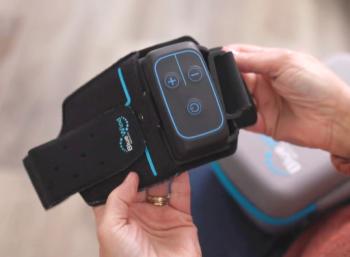
FCC considers $100 million for rural telehealth program
The Federal Communications Commission will vote July 10 on the Connected Care pilot program, which would provide $100 million to develop new telehealth programs for rural and underserved areas as well as veterans.
The
The Connected Care program would support health projects designed to benefit low-income residents. It would focus on assisting healthcare providers secure the technology and broadband resources needed to launch remote patient monitoring and
In addition, the program would support a limited number of projects over a three-year period with controls in place to measure and verify the benefits, costs, and savings associated with connected care.
“With advances in telemedicine, healthcare is no longer limited to the confines of traditional brick-and-mortar healthcare facilities,” Brendan Carr, FCC commissioner, said in a news release. “With an internet connection, patients can now access high-quality care right on their smartphones, tablets, or other devices regardless of where they are located.”
Carr said limited trials have shown significant cost savings. A Veterans Health Administration remote patient monitoring program, for example, cost $1,600 per patient compared to the $13,000 for traditional care. A program in the Northeastern U.S. showed a $3.30 return for each $1 spent, and a diabetes trial conducted by the University of Mississippi Medical Center resulted in nearly $700,000 in annual savings.
Connected care technologies also improve outcomes for patients, according to Carr. For example, a study of 20 remote patient monitoring trials found a 20 percent reduction in all-cause mortality and a 15 percent reduction in heart failure-related hospitalizations. The Veterans Health Administration’s remote patient monitoring program resulted in a 25 percent reduction in days of inpatient care and a 19 percent reduction in hospital admission.
Another remote patient monitoring initiative showed a 46 percent reduction in ER visits, a 53 percent reduction in hospital admissions, and a 25 percent shorter length of in-patient stay.
Newsletter
Stay informed and empowered with Medical Economics enewsletter, delivering expert insights, financial strategies, practice management tips and technology trends — tailored for today’s physicians.














